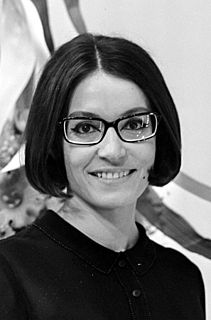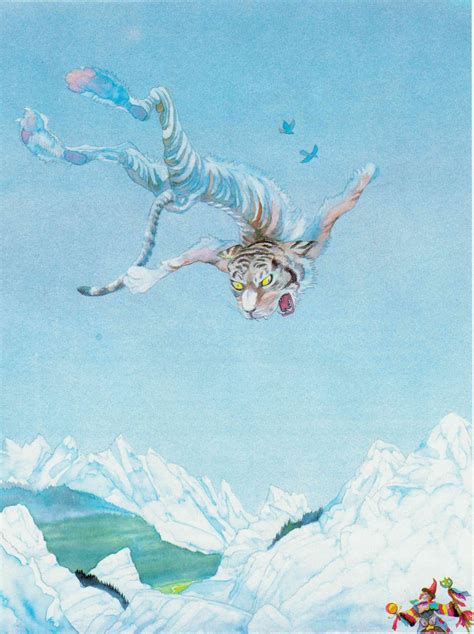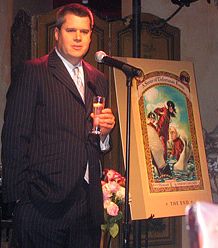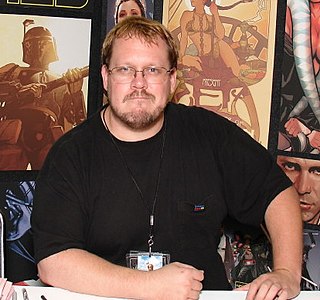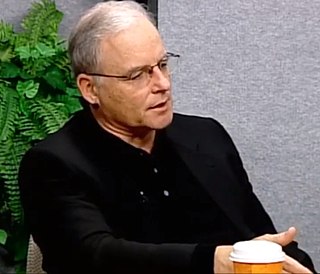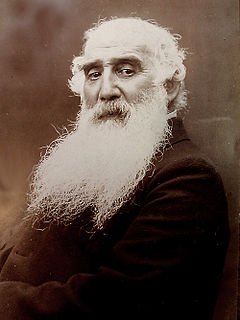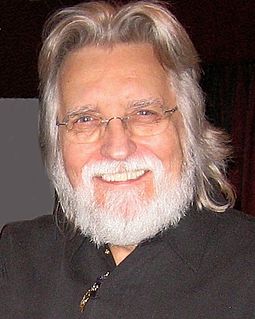A Quote by Betty Edwards
In early childhood, children develop a set of symbols that 'stand for' things they see in the world around them... Children are happy with symbolic drawing until about the age of eight or nine... when children develop a passion for realism. Our schools do not provide drawing instruction. Children try on their own to discover the secrets of realistic drawing, but nearly always fail and, sadly, give up on trying.
Related Quotes
African American children are significantly more likely to be obese than are white children. Nearly half of African American children will develop diabetes at some point in their lives. People, that's half of our children. ...We can build our kids the best schools on earth, but if they don't have the basic nutrition they need to concentrate, they're still going to have a challenge learning.
I am trying to represent design through drawing. I have always drawn things to a high degree of detail. That is not an ideological position I hold on drawing but is rather an expression of my desire to design and by extension to build. This has often been mistaken as a fetish I have for drawing: of drawing for drawing’s sake, for the love of drawing. Never. Never. Yes, I love making a beautiful, well-crafted drawing, but I love it only because of the amount of information a precise drawing provides
Young children learn in a different manner from that of older children and adults, yet we can teach them many things if we adapt our materials and mode of instruction to their level of ability. But we miseducate young children when we assume that their learning abilities are comparable to those of older children and that they can be taught with materials and with the same instructional procedures appropriate to school-age children.
I'm always loath to make generalizations about what is for children and what isn't. Certainly children's literature as a genre has some restrictions, so certain things will never pop up in a Snicket book. But I didn't know anything about writing for children when I started - this is the theme of naïveté creeping up on us once more - and I sort of still don't, and I'm happy that adults are reading them as well as children.
You don't know the things in your childhood that influence you. You can't possibly know them. People today try to analyze the early environment and the reasons for something that happened, but if you look at children of the same family -- children who have identical parents, go to identical schools, have an almost identical upbringing, and yet who have totally different experiences and neuroses -- you realize that what influences the children is not so much the obvious externals as their emotional experiences. Of course any psychiatrist knows that.



